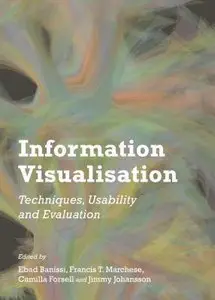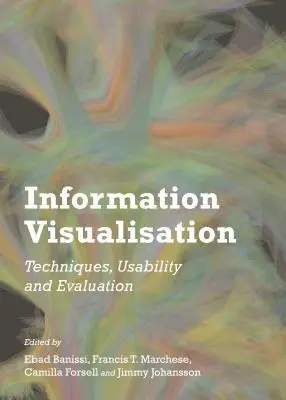Information Visualisation: Techniques, Usability and Evaluation by Ebad Banissi, Francis T. Marchese, Camilla Forsell, Jimmy Johansson
2014 | ISBN: 1443859818 | English | 290 pages | PDF | 5 MB
2014 | ISBN: 1443859818 | English | 290 pages | PDF | 5 MB
Information visualisation is the field of study that is concerned with the development of methods for transforming abstract, complex data into visual representations in order to make that data more easily communicable and understandable. This volume reviews recent developments in information visualisation techniques, their application, and methods for their evaluation. It offers a wide range of examples of applied information visualisation from across disciplines such as history, art, the humanities, science and technology. Beginning with an examination of its medieval origins, it presents theoretical and applied approaches to information representation, including two and three-dimensional cartographic rendering and navigation techniques. In addition, it explores the language of shapes and how it can be employed to further the visualisation of multifaceted data. As a whole, this collection emphasises the important role that the visualisation process plays in extracting, analysing, and presenting the hidden layers of meaning found within large and complex data sets. It includes contributions from an international collection of researchers and authors. It is an introduction to the discipline of information visualisation, its current state of affairs, and its future trends. It includes a discussion of information visualisation's origins, providing an important historical context for the field. It is a comprehensive review of methods for shaping and rendering two and three-dimensional representations of abstract information. It covers the visualisation of interconnected networks of data in order to extract their causal relationships. It presents an approach to hierarchical structuring and re-structuring of information by applying methods of two-dimensional data mapping. It covers application of common metaphors for visualizing computer code, and visualisation analysis of historical events and their relationships. It includes a review of methods for evaluating information visualization tools, concepts, and methodologies, and recommendations for their application.



